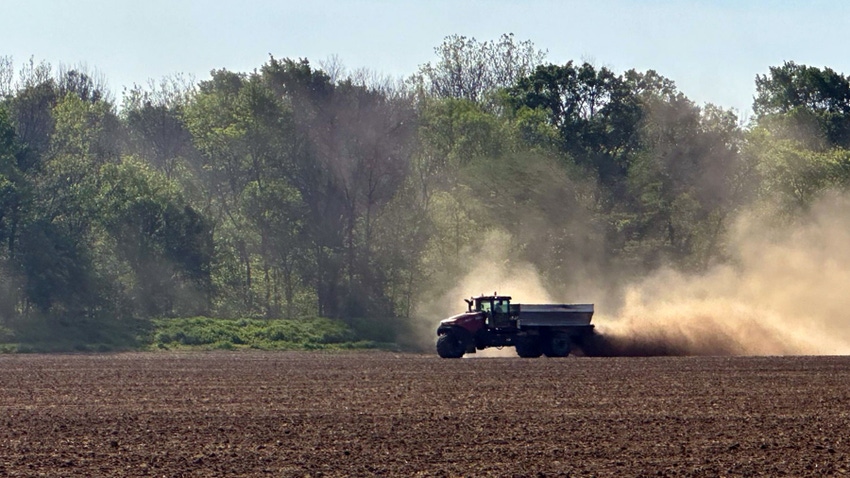
Are you looking for help interpreting soil-test-based fertilizer recommendations? Look no further than the recently launched FRST app, the Fertilizer Recommendation Support Tool providing a comprehensive database of fertilizer recommendations for all 50 U.S. states and Puerto Rico.
You can access the FRST app from the browser of your computer, smartphone, or tablet to explore geographic specific soil test information – that crosses state lines. Simply select a crop, region, soil sample depth, and soil test method to find all the available data. Additionally, a yield curve model and critical soil test value are generated to show the magnitude of yield response to fertilization based on the search criteria.
Nathan Slaton spoke of the extensive efforts to develop this national-scale database. Slaton serves as the Assistant Director of the Arkansas Agricultural Experiment Station at the University of Arkansas System Division of Agriculture and has been amongst the team of researchers and collaborators working on the project since 2018.
The idea started with conversations uncovering the wide differences in soil test methods, interpretations of soil test data, and fertilizer recommendations from state to state – even those sharing a common border. In time, the project rippled across the country to develop a database inclusive of current information along with legacy data dating back to the 1940s.
Funding for the FRST project was made possible by the U.S. Department of Agriculture, Agriculture Research Service (ARS) and Natural Resources Conservation Service (NRCS). Slaton acknowledged researchers instrumental in lifting the project like Deanna Osmond, Extension professor at North Carolina State University; John Spargo, associate research professor at Penn State; and Peter Kleinman, research leader and soil scientist at the USDA-ARS.
“About half of the data is 20 to 25 years old, meaning it was generated between 1940 and 2000,” Slaton said. “We have almost 2,500 trial results in the database now just for phosphorus and potassium. That is quite an accomplishment to collect and archive all that data, so we have a repository of information if a soil test recommendation is ever challenged.”
The project’s focus was to create a database where anyone could access soil test and fertilization information – whether they are a farmer, consultant, researcher, or industry representative interested in recommendations and yield response to fertilization.
The FRST app is intended to provide an unbiased opinion, aiding in fertilizer decisions and soil test recommendations. Slaton said plans are to gradually add features to the tool to include a frequency of response along with models to show the actual response to fertilization rates.
You can learn more about FRST and access the database at https://soiltestfrst.org. User input is highly valued, and a current survey is underway to gather feedback and shape future upgrades to the app. For more information, contact Slaton by email at [email protected].
About the Author(s)
You May Also Like






